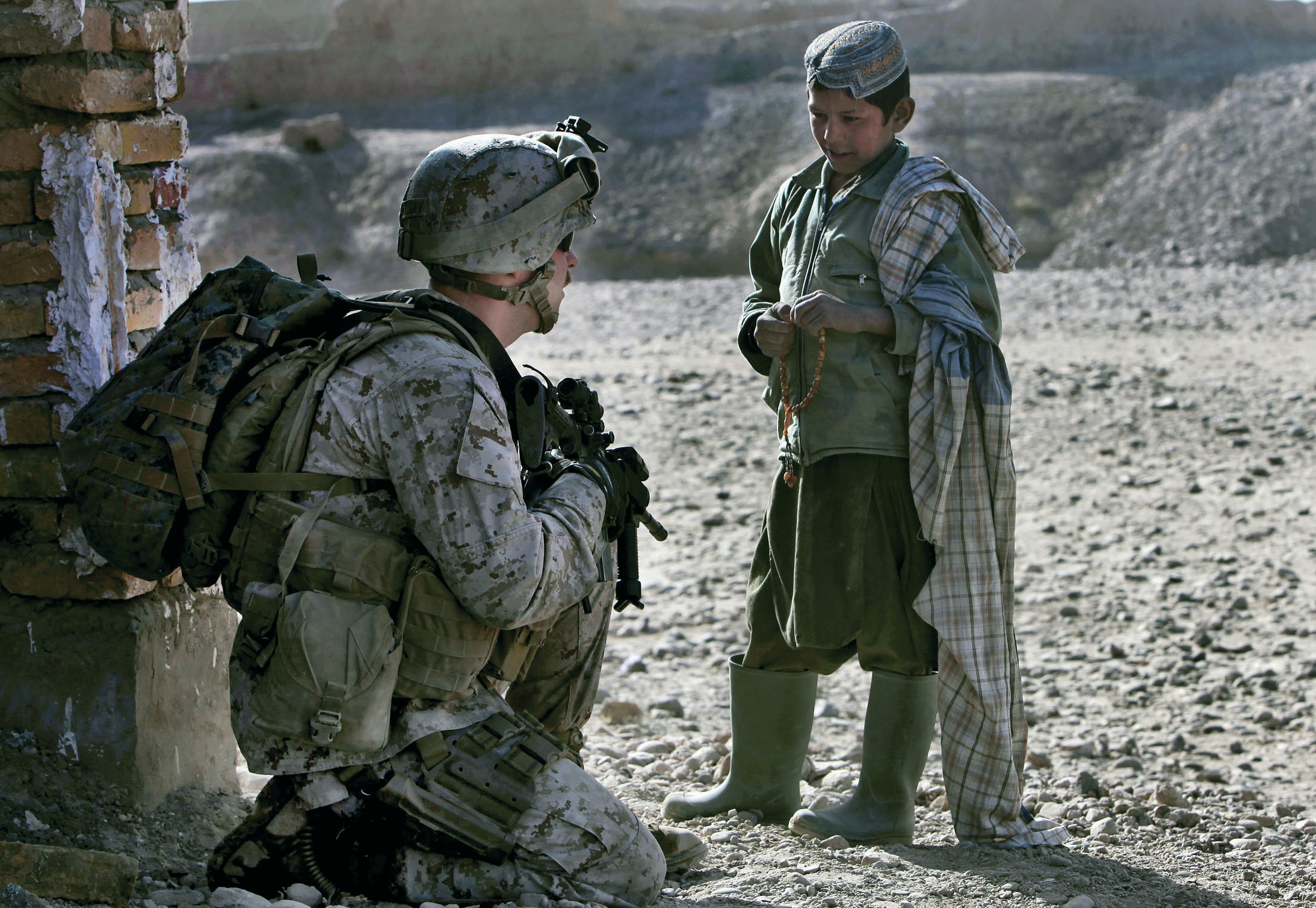
Conflict in Afghanistan is not new. The country has been tormented by invasion, external pressure and internal strife since before the time of Alexander the Great (356 BC). Afghanistan is a landlocked country bordered by Iran, Pakistan, Turkmenistan, Tajikistan and China (Box 1, Figure 1), and this has made it strategically significant at various points in its history. Most recently, Afghanistan has been embroiled in what has been described as a ‘complex political emergency’. This is not simply a two-sided war, but involves a multitude of different groups from within and beyond Afghanistan clashing with each other in power struggles and attempting to gain control of the country’s limited resources.
Afghanistan is a landlocked state in Asia. It has a population of around 30 million inhabiting an area of approximately 647,500 km2. It is bordered by Pakistan in the south and the east, Iran in the west, Turkmenistan, Uzbekistan, and Tajikistan in the north, and China in the far northeast. Figure 1 shows its location.
Your organisation does not have access to this article.
Sign up today to give your students the edge they need to achieve their best grades with subject expertise
Subscribe




